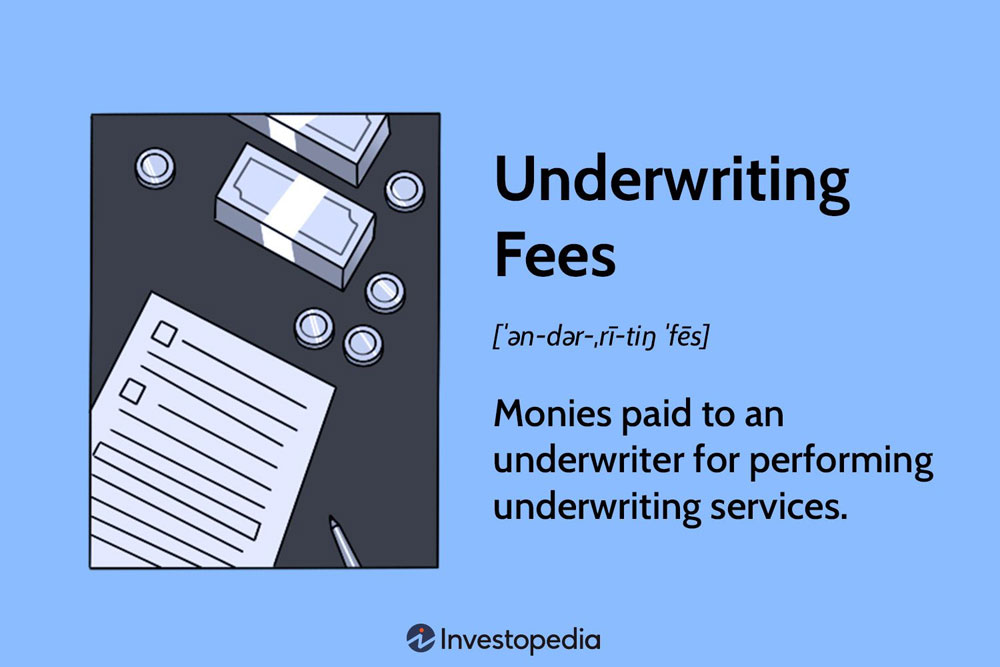The fees for underwriting an Initial Public Offering (IPO) are typically structured as a percentage of the total amount raised through the IPO. This fee is called the underwriting spread and typically ranges from 6% to 13% of the total offering amount. The underwriting spread is divided between the lead underwriter (also known as the bookrunner) and the syndicate members who participate in the underwriting.
The factors that influence the fee structure for underwriting an IPO include the following:
Size of the offering: The larger the offering, the lower the percentage fee that is charged.
Market conditions: If the market is strong and there is high demand for the offering, the underwriters may charge a lower fee. Conversely, if the market is weak, the underwriters may charge a higher fee to compensate for the higher risk.
Complexity of the offering: If the IPO is complex, such as involving multiple classes of stock or multiple offerings, the underwriters may charge a higher fee.
Reputation of the company: If the company has a strong reputation and is expected to perform well in the public markets, the underwriters may charge a lower fee.
Relationship with the company: If the underwriter has a strong relationship with the company, they may be willing to charge a lower fee in order to win the business.
It’s important to note that the fee structure for underwriting an IPO can vary depending on the specific circumstances of the offering and the negotiations between the company and the underwriters.







